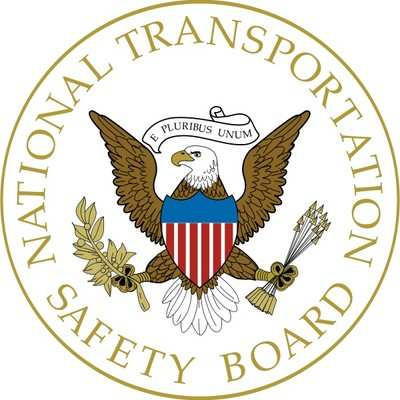The Pilot Responded That He Was Having “Handling Problems” Followed By A Partial Radio Transmission Of “Test Flight; I Can’T Get This Thing To.”
Location: Fairview, OR Accident Number: WPR24FA289
Date & Time: August 31, 2024, 10:30 Local Registration: N421GP
Aircraft: Cessna 421C Injuries: 3 Fatal
Flight Conducted Under: Part 91: General aviation - Personal

On August 31, 2024, about 1030 Pacific daylight time, a Cessna 421C, N421GP was destroyed when it was involved in an accident near Fairview, Oregon. The two pilots and one person on the ground were fatally injured. The airplane was operated as a Title 14 Code of Federal Regulations Part 91 personal flight.
Prior to departure, the pilot contacted the Troutdale Airport (TTD), Portland, Oregon, Air Traffic Control Tower (ATCT) and requested a visual flight rules departure from runway 25 and to remain within the airport traffic pattern. Review of recorded audio from the TTD ATCT and preliminary radar data revealed, at 1015, the airplane departed runway 25 and remained within the airport traffic pattern. A short time later, the controller queried the pilot about their intentions and stated that the airplane had flown above the airport traffic pattern altitude. The pilot confirmed that he intended to descend and remain in the airport traffic pattern. About 1 minute later, the controller queried the pilot a second time about his intentions, and the pilot responded that he was having “handling problems” followed by a partial radio transmission of “test flight; I can’t get this thing to.”
The controller informed the pilot of converging traffic, instructed all other aircraft to standby, and issued a landing clearance to the pilot for runway 7. The controller subsequently queried the pilot and asked if they were able to land runway 7, to which the second pilot onboard responded, “we’re going to try, not sure.” The controller cleared the pilots to land any runway. No further radio transmissions were received from either pilot. Radar data showed that the airplane continued a left descending turn about 2 miles south of runway 25 until radar contact was lost.
Recorded surveillance video footage from a camera located about 1.4 miles west-southwest of the runway 25 showed the accident airplane in a descending left turn with the landing gear extended. The airplane was on a southeasterly heading when the left wing struck high tension powerline wires. The airplane continued a southeast heading and impacted a mature oak tree and several residential structures, before postimpact fire ensued.
Examination of the accident site revealed that the first identifiable point of contact was hightension powerline wires about 110 ft in height. The debris path, which consisted of various airplane fragments, vegetation, and residential structure debris was about 703 ft in length and 477 ft wide, oriented on a heading of about 120° magnetic. All major structural components of the airplane were located throughout the debris path. The main wreckage was located within a residential structure.
The wreckage was recovered to a secure location for further examination.
 Aero-News: Quote of the Day (12.09.25)
Aero-News: Quote of the Day (12.09.25) ANN's Daily Aero-Term (12.09.25): High Speed Taxiway
ANN's Daily Aero-Term (12.09.25): High Speed Taxiway ANN's Daily Aero-Linx (12.09.25)
ANN's Daily Aero-Linx (12.09.25) NTSB Final Report: Diamond Aircraft Ind Inc DA20C1 (A1); Robinson Helicopter R44
NTSB Final Report: Diamond Aircraft Ind Inc DA20C1 (A1); Robinson Helicopter R44 ANN FAQ: Q&A 101
ANN FAQ: Q&A 101



